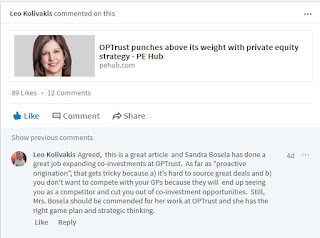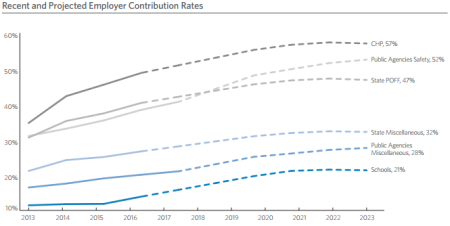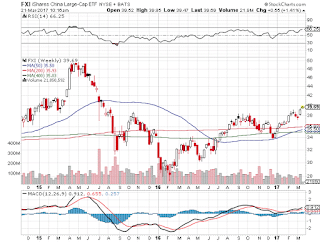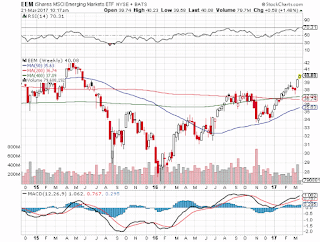Reporter Ed Mendel covered the California Capitol in Sacramento for nearly three decades, most recently for the San Diego Union-Tribune. More stories are at Calpensions.com.
CalPERS board members voted last week to cut the pensions of about 200 former employees of a disbanded job-training agency known as LA Works, unless the four founding cities agree to make a $406,345 payment before July 1.
The cities that formed the East San Gabriel Valley Human Services Consortium joint powers authority — Azusa, Covina, Glendora, and West Covina — have told CalPERS they will not pay because the pension contract is with the disbanded agency, not the cities.
But the CalPERS board members left the door open for one last chance to avoid a 63 percent cut in the pensions of the former consortium employees: 62 retired, 93 separated, 36 retired, and six hired after a pension reform in 2013.
Among nearly a dozen employee letters urging CalPERS not to cut their pensions was one from JuLito Hidalgo, 65, a 15-year employee. He said his $1,600 monthly CalPERS pension and his wife’s $1,800 from Social Security barely cover the mortgage and expenses.
“We are both not in good health,” Hidalgo wrote. “We are both diabetic. We have hypertension and cholesterol issues. I have a heart condition and had two stents from two angioplastys.”
The California Public Employees Retirement System cut pensions for the first time last November, a reduction of about 60 percent for five former employees of Loyalton. The tiny Sierra town voluntarily terminated its CalPERS contract in March 2013.
But Loyalton did not pay the $1.7 million termination fee required by CalPERS to continue making full pension payments. The city council, once deeply divided, is making monthly payments to the retirees to replace the CalPERS pension cut.
The East San Gabriel Valley consortium closed in June 2014 after Los Angeles County supervisors rejected its bid for a new six-year $32 million contract. Auditors said the consortium had overbilled the county $1 million for job training inmates and the unemployed.
A consultant was hired to wind down the consortium operations, the CalPERS board was told, and the consortium board continues to meet. The consortium stopped making monthly payments to CalPERS in July 2015.
Matthew Jacobs, CalPERS general counsel, told the board last month the four cities have a “moral and ethical” obligation to pay for the pensions. He disagreed yesterday with the view of one city official that payment beyond the contract would be a “gift of public funds.”
Jacobs said the “dividing line” is whether the payment is for a private or public purpose, citing a case in which extra pay for judges was ruled not to be a gift of public funds because it served a public purpose.
Board member Theresa Taylor said monthly payments would not be “that much money” if each of the four cities “pitched in.” She said criticism of rising CalPERS rates and calls for pension cuts by city officials suggest giving employees more time to plead for city aid would be futile.
“They have a specific agenda behind what they are saying here,” Taylor said of the remarks reportedly made by two city officials, “and that’s not for defined benefit pension plans.”
The $406,345 payment sought by CalPERS is for two fiscal years. So presumably, after that debt is paid, the annual payment for each of the four cities might begin at roughly $50,000.
But it’s a long-term unpredictable cost that would continue for decades, perhaps as long as the life spans of the consortium employees and their beneficiaries. The termination fee to leave CalPERS and fully fund the pensions is $19.4 million.

Apart from the emotional personal letters to CalPERS, a letter from retirees stating the general issues asked CalPERS to delay action until retirees could address the board “face to face.”
One of the two signers of the letter, Kathryn Ford, received a $100,240 CalPERS pension in 2015, according to the Transparent California website that lists the pensions and pay of individual state and local government employees.
The former chief executive of the consortium, Salvador Velasquez, received an annual pension of $120,777. Velasquez, vacationing out of the country when audit questions arose, was called a “big part of the problem” by a San Gabriel Valley Tribune editorial in June 2014.
“For pension reasons, he is technically retired and retained by the board as a consultant,” the Tribune said. “The board dragged its feet on finding a replacement who could have ferreted out the problems, which obviously were myriad.”
After the six-figure pensions of Velasquez and Ford, consortium pensions listed by Transparent California drop sharply to $51,919 and continue to decline until reaching the lowest annual pension, $1,738.
The Ford letter said PERS attorneys should “research and pursue” city liability for the pensions. City governance of the consortium was built in through “compensated, voting board positions” that were “composed of mayors/councilmembers appointed by each city.”
If holding the cities responsible is not an option, said the letter, retirees request that CalPERS consider merging the consortium pensions into the Terminated Agency Pool without a reduction.
The letter said a merger into the pool without cutting pensions is allowed by state pension law (Section 20577.5) if the board finds that the merger would not impact the pool’s “actuarial soundness.”
A report to the CalPERS board this week said the pool was 249 percent funded as of June 30, 2015, well above the 100 percent considered adequate. The pool fund was valued at $222.5 million last June 30, a slight increase after paying $5.5 million in benefits last fiscal year.
The latest annual valuation of the Terminated Agency Pool, as of June 30, 2014, shows 91 plans, including Loyalton, with 733 retirees and beneficiaries receiving an annual average pension of $6,529.
Going into the pool without pension cuts was not discussed at the CalPERS board yesterday until the president, Rob Feckner, said he received email on the issue. The CalPERS chief actuary, Scott Terando, described the process.
Because employer and employee contributions are no longer available, CalPERS assumes all of the investment and mortality risk for terminated plans. So CalPERS requires employers to pay a lump sump projected to cover all future pension costs.
A termination fee, $19.4 million for the consortium, is based on a risk-free bond rate, now about 2 percent, rather than the risky but higher-yielding rate assumed for the CalPERS investment portfolio, now 7 percent.
The big termination fee, adopted in 2011, is controversial. Several cities have considered leaving CalPERS (Villa Park, Pacific Grove, Canyon Lake) but did not due to the large fee. A federal judge in the Stockton Bankruptcy called the fee a “poison pill.”
The impact on the “actuarial soundness” of the Terminated Agency Pool from accepting the nearly 200 former consortium employees without a pension reduction was not estimated at the board meeting.
CalPERS apparently has a number of employers that, like the East San Gabriel Valley joint powers authority, lack the authority to tax or raise their own revenue and rely only on contracts for their funding. Nonprofit organizations are said to be another example.
Board member Richard Costigan, referring to what some call “barnicles on the bottom of the CalPERS barge,” said the funding sources of some of the 3,500 employer plans are being reviewed to identify weaknesses.
Board member Bill Slaton said CalPERS must have assumed that the East San Gabriel Valley joint powers authority would be in existence as long as a city or county, essentially in perpetuity.
“We don’t have a plan that can operate with organizations that have a fixed term of life,” Slaton said. “It doesn’t work, given our pension system.”






